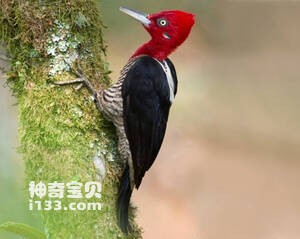
Campephilus robustus
Campephilus robustus,Robust woodpecker
The scientific name of the South American woodpecker is Campephalus robustus···
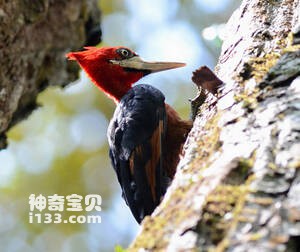
Campephilus rubricollis
Campephilus rubricollis,Red-necked woodpecker
The scientific name of the red necked woodpecker is Campephalus rubicollis, ···
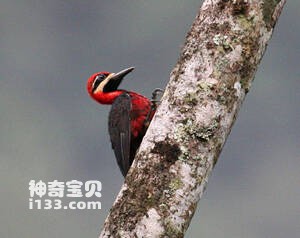
Campephilus haematogaster
Campephilus haematogaster,Crimson-bellied woodpecker
The scientific name of the red bellied woodpecker is Campephalus haematogast···
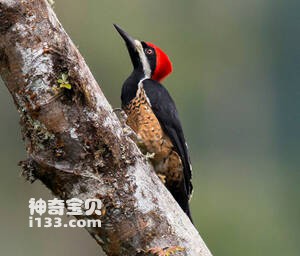
Campephilus pollens
Campephilus pollens,Powerful woodpecker
The scientific name of the sturdy woodpecker is Campphilus pollens, Powerful···
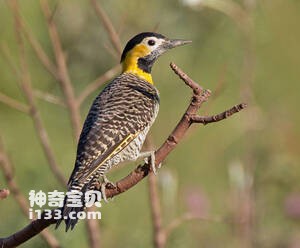
Colaptes campestris
Colaptes campestris,Campo flicker
The scientific name of the grassland winger is Colaptes campestris, and the ···
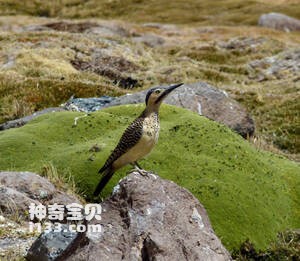
Colaptes rupicola
Colaptes rupicola,Andean flicker
The scientific name Colaptes rubicola, also known as Andean flicker, is a la···
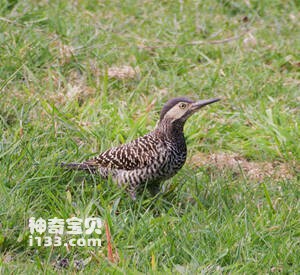
Colaptes rupicola
Colaptes rupicola,Chilean flicker
The scientific name of the Chilean winger is Colaptes rubicola, and the fore···
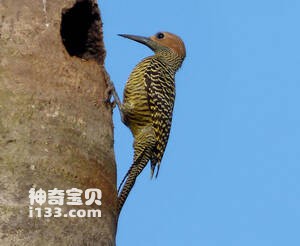
Colaptes fernandinae
Colaptes fernandinae,Fernandina's flicker
The scientific name of the Cuban flapping bird is Colaptes fernandinae, also···
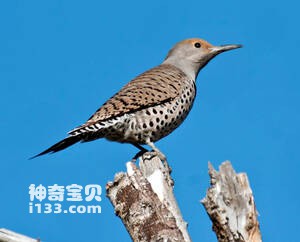
Colaptes chrysoides
Colaptes chrysoides,Gilded flicker
The scientific name of the yellow winged butterfly is Colaptes chrysoides, a···
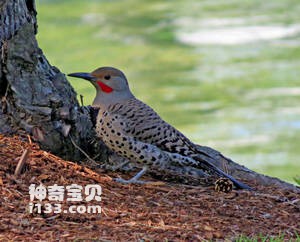
Colaptes auratus
Colaptes auratus,Northern flicker
The scientific name of the Northern Flicker is Colaptes auratus, and its for···
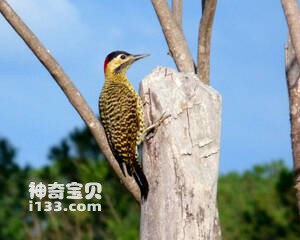
Colaptes melanolaimus
Colaptes melanolaimus,Golden-breasted woodpecker
Colaptes melanolaimus, or Golden-breasted woodpecker, is a bird that eats in···
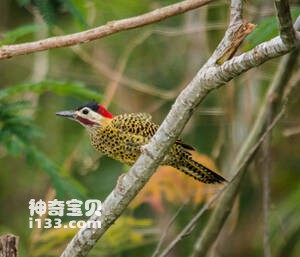
Colaptes melanochloros
Colaptes melanochloros,Green-barred woodpecker
The species is Colaptes melanochloros and Green-barred woodpecker.Listed in ···
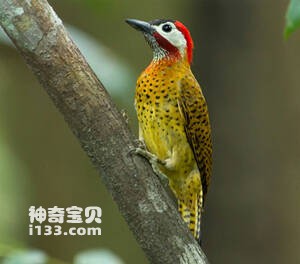
Colaptes punctigula
Colaptes punctigula,Spot-breasted woodpecker
The bird is known as Colaptes punctigula or Spot-breasted woodpecker. Its ha···
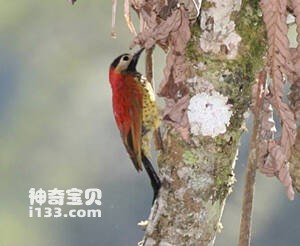
Colaptes atriceps
Colaptes atriceps,Black-crowned woodpecker
The Black-crowned woodpecker is known as Colaptes atriceps and black-crowned···
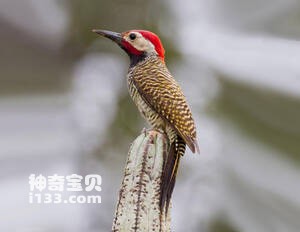
Colaptes atricollis
Colaptes atricollis,Black-necked woodpecker
The species is known as Colaptes atricollis or Black-necked woodpecker.Prote···
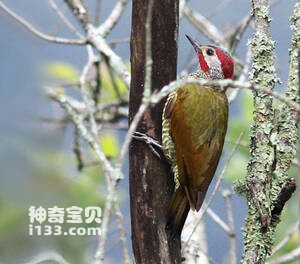
Colaptes aeruginosus
Colaptes aeruginosus,Bronze-winged woodpecker
The copper-winged woodpecker is known as Colaptes aeruginosus and Bronze-win···
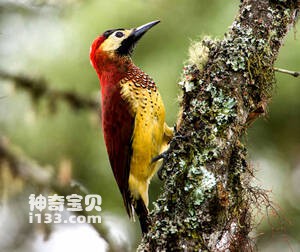
Colaptes rivolii
Colaptes rivolii,Crimson-mantled woodpecker
The red-backed woodpecker's scientific name is Colaptes rivolii, and its···
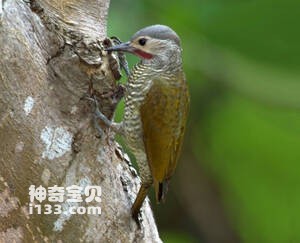
Colaptes auricularis
Colaptes auricularis,Gray-crowned woodpecker
The Gray-crowned woodpecker is known as Colaptes auricularis and gray-crowne···
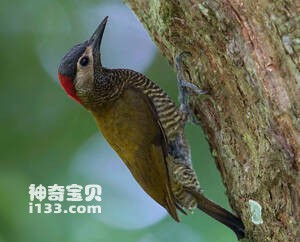
Colaptes rubiginosus
Colaptes rubiginosus,Golden-olive woodpecker
The highland woodpecker's scientific name is Colaptes rubiginosus, and i···
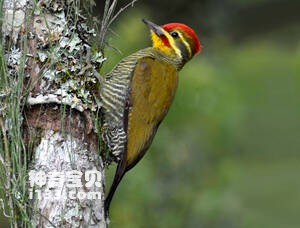
Piculus aurulentus
Piculus aurulentus,Yellow-browed woodpecker,White-browed woodpecker
The White-browed woodpecker is known by its scientific name Piculus aurulent···
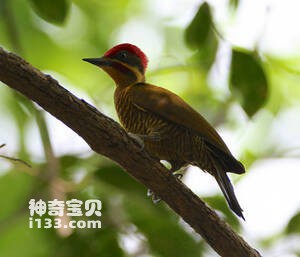
Piculus chrysochloros
Piculus chrysochloros,Golden-green woodpecker
The yellow-green woodpecker is known as Piculus chrysochloros or Golden-gree···
